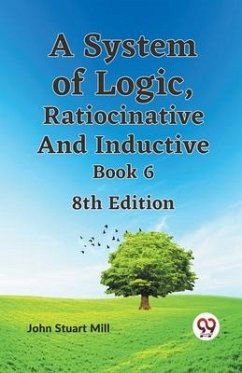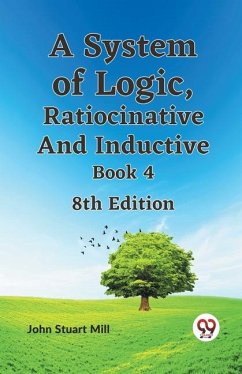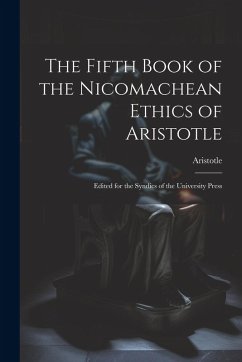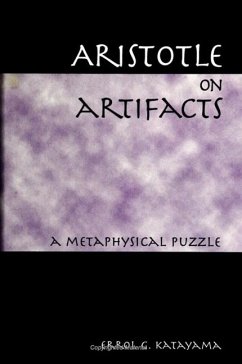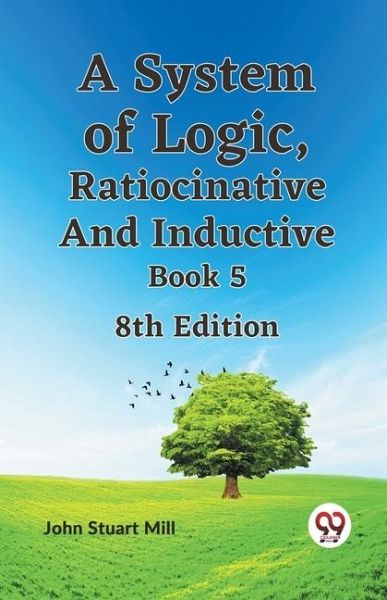
A System of Logic, Ratiocinative and Inductive Book 5 8th Edition
Versandkostenfrei!
Versandfertig in 1-2 Wochen
13,99 €
inkl. MwSt.

PAYBACK Punkte
7 °P sammeln!
The famend British truth seeker and political economist, John Stuart Mill, is credited with the authorship of a widespread paintings entitled "A System of Logic, Ratiocinative and Inductive Book 5." The readers' curiosity is piqued, prompting them to persist in reading in addition, as the protagonist well-knownshows a awesome inclination for self-gratification. Certain narratives are probably characterised through their macabre and unconventional nature, whilst others possess a subtle appeal that regularly captivates the reader. This observe presents a complete analysis of the concepts and pro...
The famend British truth seeker and political economist, John Stuart Mill, is credited with the authorship of a widespread paintings entitled "A System of Logic, Ratiocinative and Inductive Book 5." The readers' curiosity is piqued, prompting them to persist in reading in addition, as the protagonist well-knownshows a awesome inclination for self-gratification. Certain narratives are probably characterised through their macabre and unconventional nature, whilst others possess a subtle appeal that regularly captivates the reader. This observe presents a complete analysis of the concepts and procedures of good judgment, aiming to build a scientific basis for the methods of reasoning and induction. Within this seminal educational guide, Mill delves into the intricacies of logic, delving into the nuanced differences between deductive reasoning, also called ratiocinative reasoning, and inductive reasoning. The regulations governing each sorts of inference are very well delineated by using the author, who additionally affords a scientific method for producing sound arguments and appearing empirical studies. The significance of Mill's paintings lies in its widespread impact on the progression of the scientific method, because it underscored the crucial function of empirical evidence and experimentation as imperative elements in the derivation of conclusions. The author initiates a scholarly dialogue concerning the canons of induction, which incorporate the strategies of settlement, distinction, and concomitant version.



